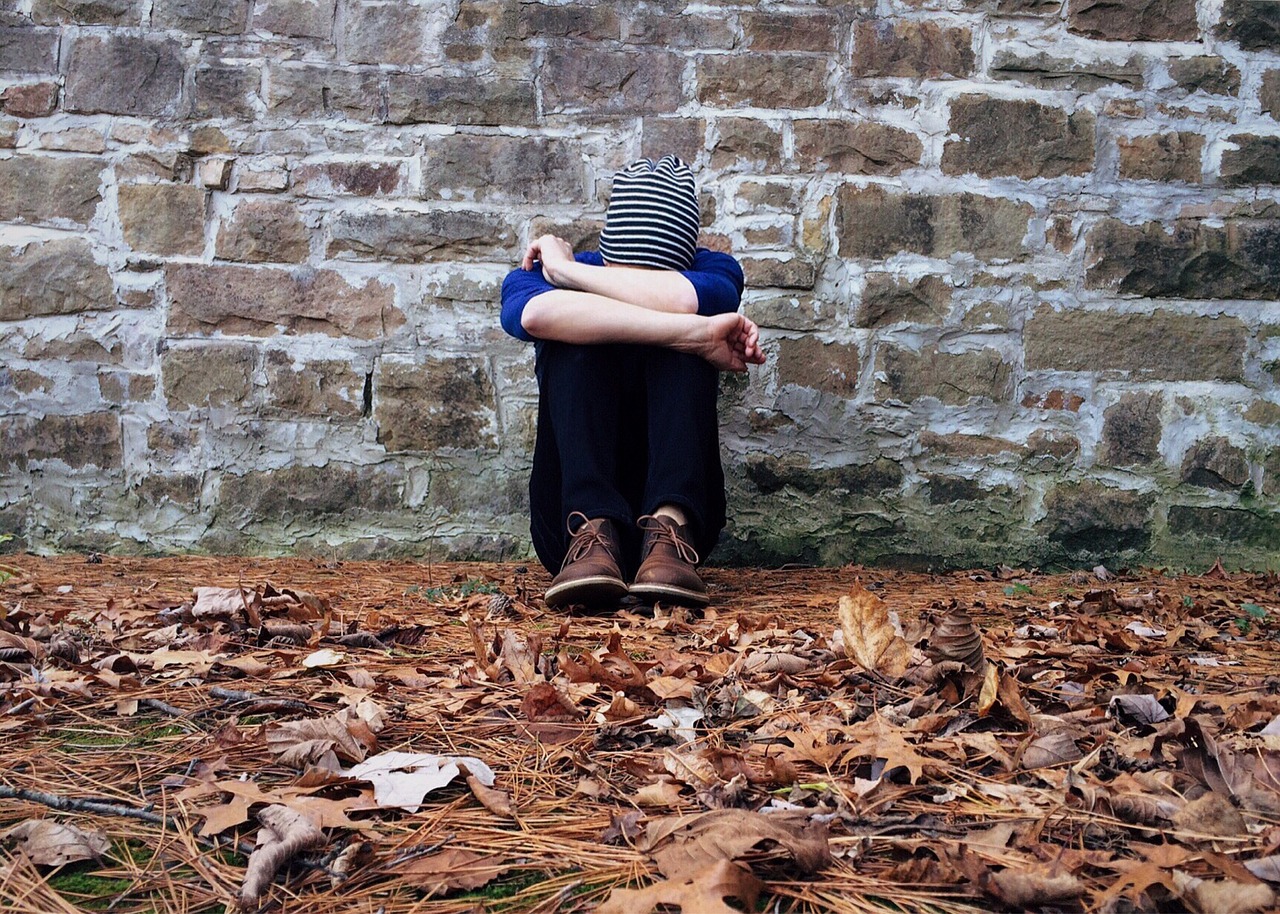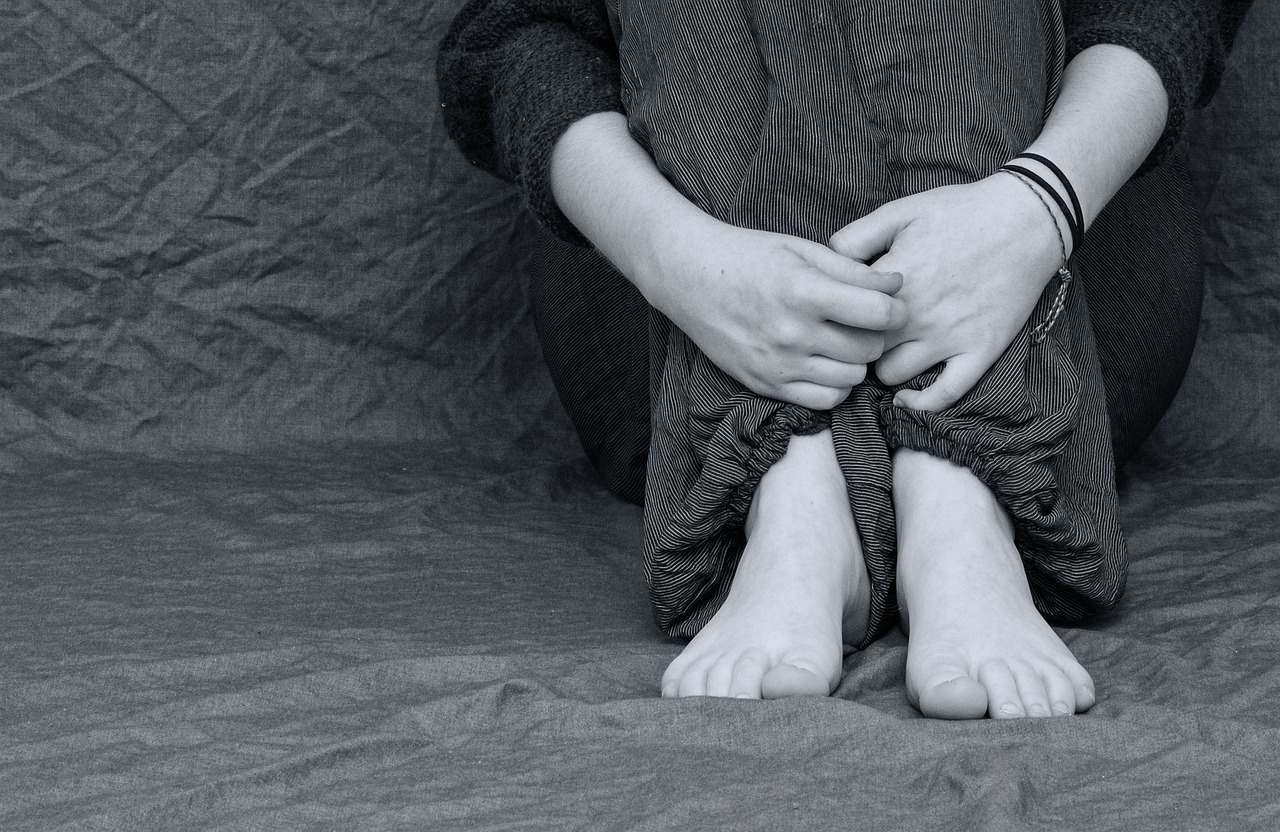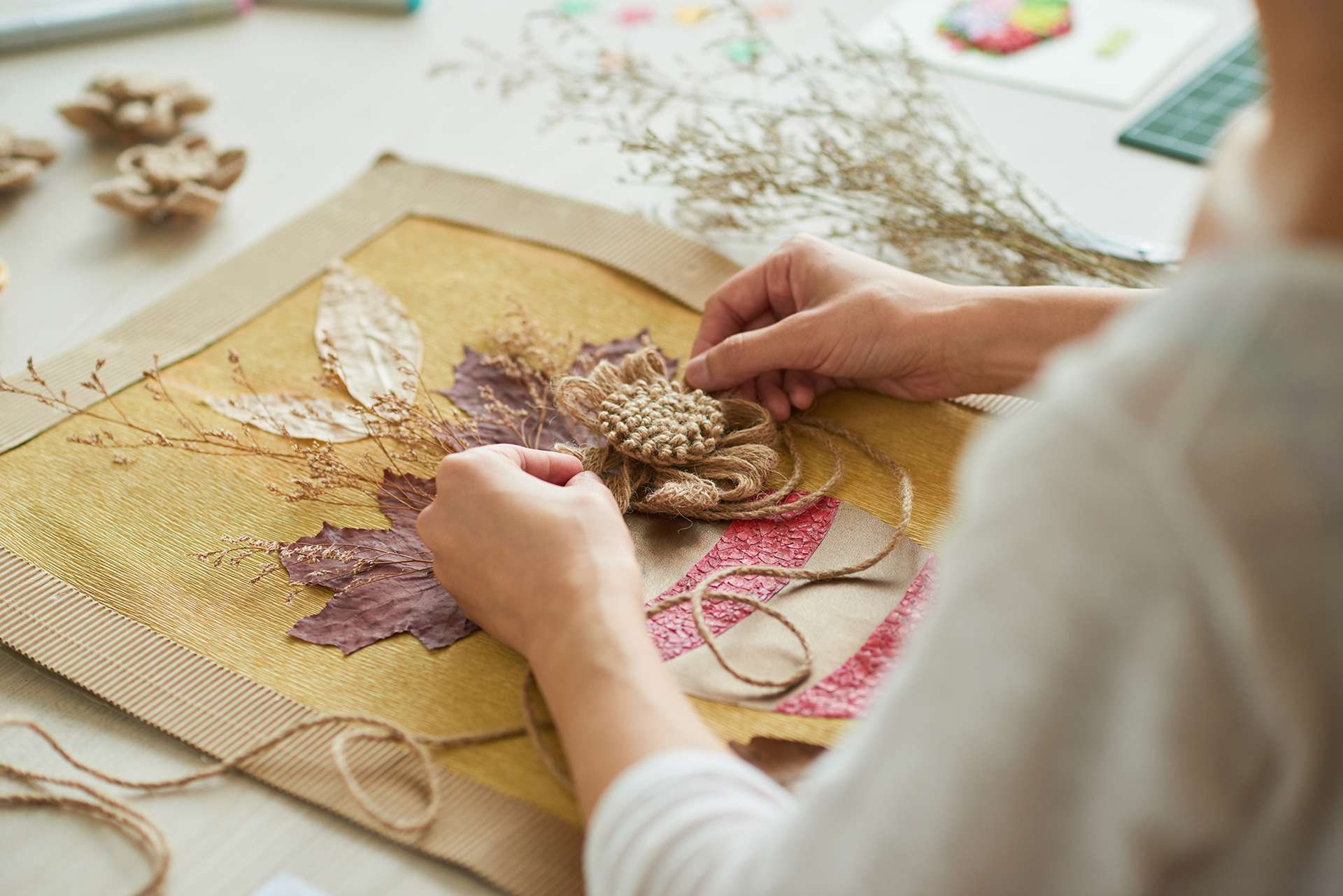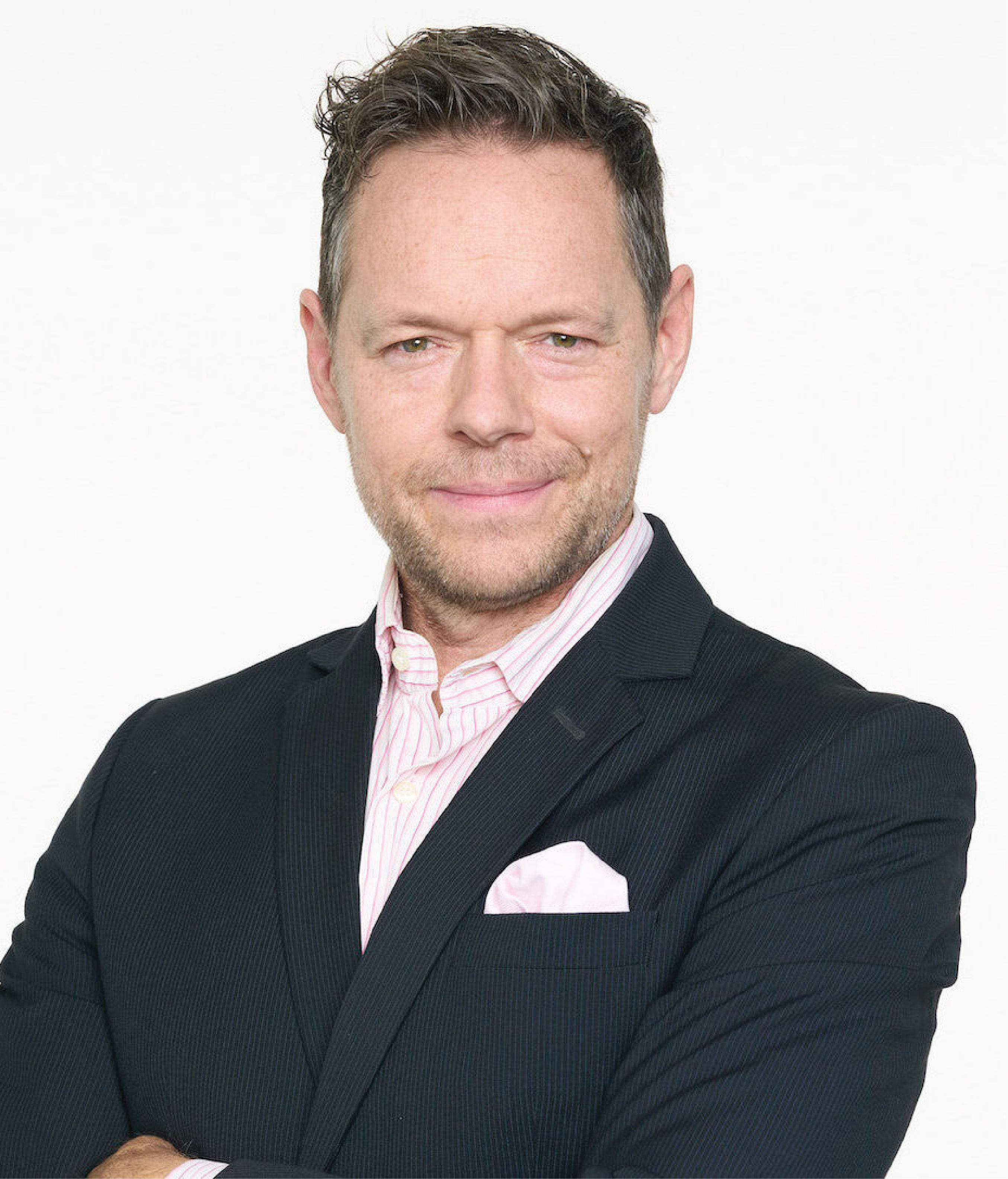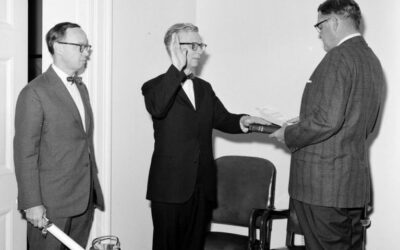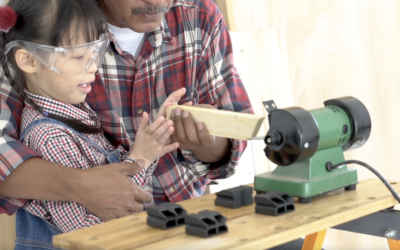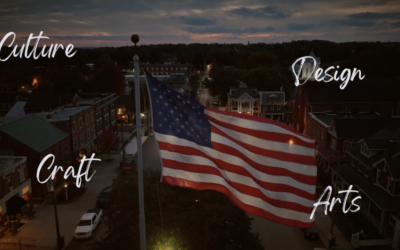The loneliness in the people
I was recently elected to my local Board of Education, and in the process, was inspired to think about the cure for loneliness. I’m honored to be a public steward and contribute to my community. While many people told me the odds were in my favor (I’m a Democrat in a Democratic-majority town), I still felt it was important to meet as many voters as possible and campaign vigorously to earn their votes. So I knocked on doors to introduce myself and to chat about the issues with anyone willing to do so. But I needed to do it efficiently, and that meant riding my bike down the long driveways of my very rural town.
Ultimately, I made contact with about 425 of the 2,000+ voters who would cast their ballots. I loved the process. It was a lot of work. Before setting out, I had to take a deep breath,psych myself up, mount my bike, and approach strangers who may have very strong opinions about having their doors knocked upon by someone unknown to them, political candidate or not. It often felt like plunging into a cold pool. Even for a relative extrovert like me, being open, “on,” and vulnerable with strangers triggers all sorts of social anxieties. “What if they slam the door on my face? What if they yell at me? What if they don’t like the answers I provide and call me a fraud? What if they ask a question that makes me look stupid? What if they film me looking stupid and post it on social and the entire world sees me literally and metaphorically sweating in the heat of public debate? OMG I just wanted to lay on the couch and take a nap and avoid all public interaction (not to mention humiliation.)”
And what was my overwhelming takeaway for the entire process? People. Are. Lonely.
When answering, people were usually confused. No one knocks doors anymore, certainly not in my tiny, rural town. All but two people listened to my self-introduction and request for their vote. Then, with a smile and “thanks”, they would open the screen door to take my campaign literature. Few folks inquired about my reasons for running or views on issues or any other question for that matter. I chalked that up more to their surprise I was even there than anything else.
As for the two who did not listen politely and smile, one woman was on her phone while gawking at me from the other side of her glass door. She gave me that probing “Huh? What?” snarl and then, when she realized I was knocking the door for politics, waved me away dismissively and disappeared from the doorway. This was all without stopping her rant on the phone about getting her air conditioner serviced in the fall when the prices were cheaper, but also needing to have her heating over-hauled before the cold of winter. As for the other person uninterested in engaging with me? He listened to my first few words, glowered at my campaign literature marked “D” for “Democrat”, and then interrupted me by growling, “Ugh, I hate Democrats” and slammed the door in my face. Not a bad record for the 400+ doors knocked.
However, across my days riding and knocking, I consistently sensed a deep loneliness in my community.
One woman lived alone in a quaint house set back a hundred feet from the road. Her sizable yard was neglected with overgrown grass surrounding discarded 5-gallon buckets stacked at the corner of the house. There was an outline in the grass where the car entered and exited the lawn, yet grass still grew in the tire outlines showing the car didn’t actually move that much. I walked up to her front steps and knocked, and she answered. I said hello and waited the requisite time for her to respond “hello”, which she did not. So I launched into my brief speech. “I’m Gavin and I’m running for the Board of Education, so I’m knocking doors to introduce myself and ask for your vote,” at which point I gestured to hand her my campaign “palm card” with the hope that she would open her storm door to take it.
Even in broad daylight, a sense of dark forlornness emanated from the house, with only a musty television set illuminating the interior. She appeared to be about 60 years old and perfectly mobile, but her slumped shoulders made her seem downtrodden. She was slow in her movement and melancholy in her smile.
Ultimately, she opened the door, took my campaign flier, thanked me, and that was that. And her loneliness was palpable.
Another woman told me she was “too old to vote” before inviting me in for tea. I pointed out that she was certainly young enough to get up, answer the door, and heat up water for tea. Surely I could send a volunteer over to drive her to the polls? She laughed heartily before scrounging in her dark, chilly kitchen for tea bags. “I’d love some company,” she remarked hopefully. (Technically, campaigning best practices stipulate never entering someone’s house due to privacy laws, personal safety, and the need to knock on as many doors as possible before the sun sets. But I couldn’t help bend the rules to make this human connection.)
I felt the same sadness when I knocked on the door of the man whose front screened-in porch was a holding pen for clay planting pots, plastic bags, and various discarded items deemed “I’ll get to that when I get to that.” His house was dark and dank. He scowled when he answered the door, peeking out from under his trucker hat. His only response was, “No one has knocked this door in about thirty years. I’ll vote for ya.”
Certainly there were plenty of doors on where the inhabitant was alone and perfectly fine (meaning: I didn’t sense that recognizable forlorn vibe). There is a clear difference between being alone and feeling lonely. But my takeaway was that there is an overwhelming loneliness among the majority of my region’s constituents.
Well, that and that we aren’t a society of door-knockers these days, except perhaps during election time. Many of the doorbells I rang didn’t even work anymore. They’d fallen silent and…why bother fixing it if no one uses it?
Add on the effects of social media and the growth of A.I. companionship and there are more and more ways of being “connected” and yet shut off from the outside world – even the person who lives over the backyard fence.
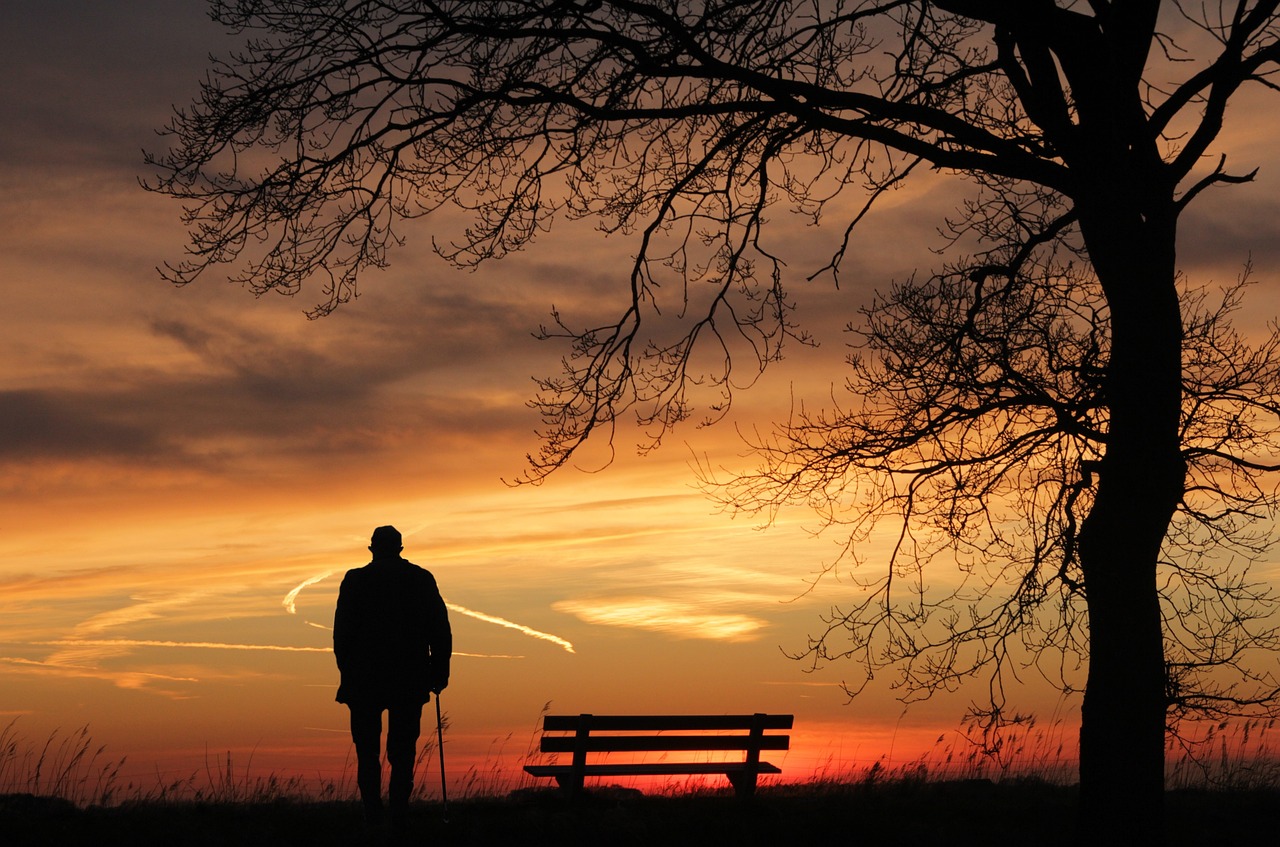
As I pedaled, I contemplated how Americans are becoming agoraphobes who take the easy route to Netflix‘n chill rather than psyching ourselves up to take an invigorating (albeit scary) plunge into a potentially cold social pool. Being lured into asocial behaviors and loneliness rewires brains into downward spirals of self-doubt, paranoia, recoiling from physical proximity and mistrust of strangers…and could very well rewire our society.
Even worse, along my journey I encountered dozens of driveways with signs warning “Stay off my property. We have guns.” Very few of those houses were on my pre-programmed list of registered unaffiliated and Democrat voters. But I had to wonder what percentage of those signs were meant to be funny, and what percentage were serious attempts at deterring any person of any kind approaching the house? Aside from the obvious question, (Do the people not want their Amazon orders brought to their doorsteps?) I couldn’t help but think these signs point to some form of loneliness.
To that end, I encountered dozens of driveways with signs warning “Stay off my property. We have guns.” . Very few of those houses were on my pre-programmed list of registered unaffiliated and Democrat voters. But I had to wonder what percentage of those signs were meant to be funny, and what percentage were serious deterrents to any person of any kind approaching the house? Aside from the obvious question, (Do the people not want their Amazon orders brought to their doorsteps?) I couldn’t help but think these signs point to some form of loneliness.
Now, I was running for the Board of Education. Why talk about a cure for loneliness for adults in the context of students and schools? As a board member, my personal priority is to address digital literacy – helping children know how to manage their online lives and navigate their online resources without becoming entombed in the online world. If they’re able to utilize the internet responsibly, perhaps we can mitigate future elements of loneliness.
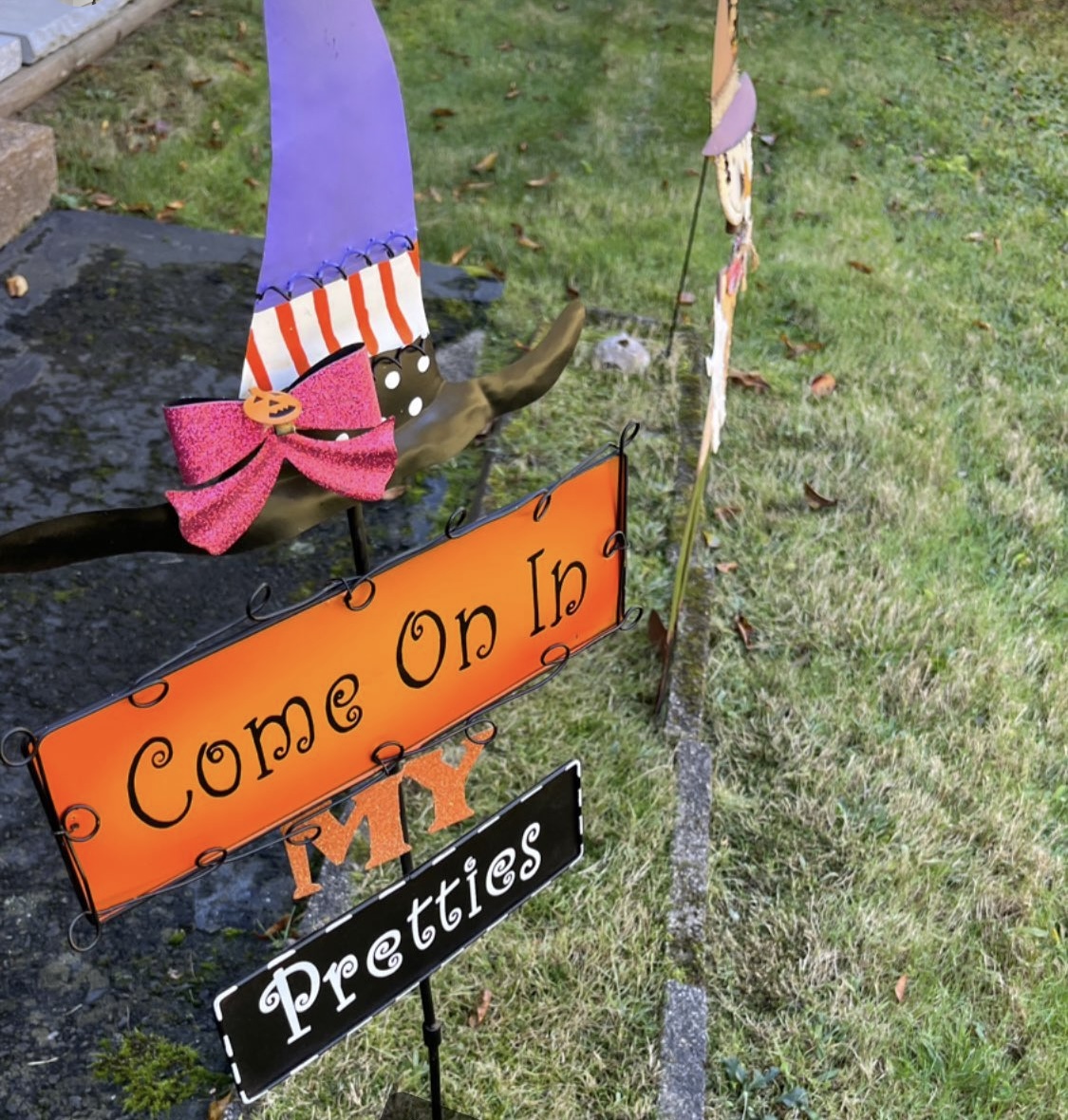

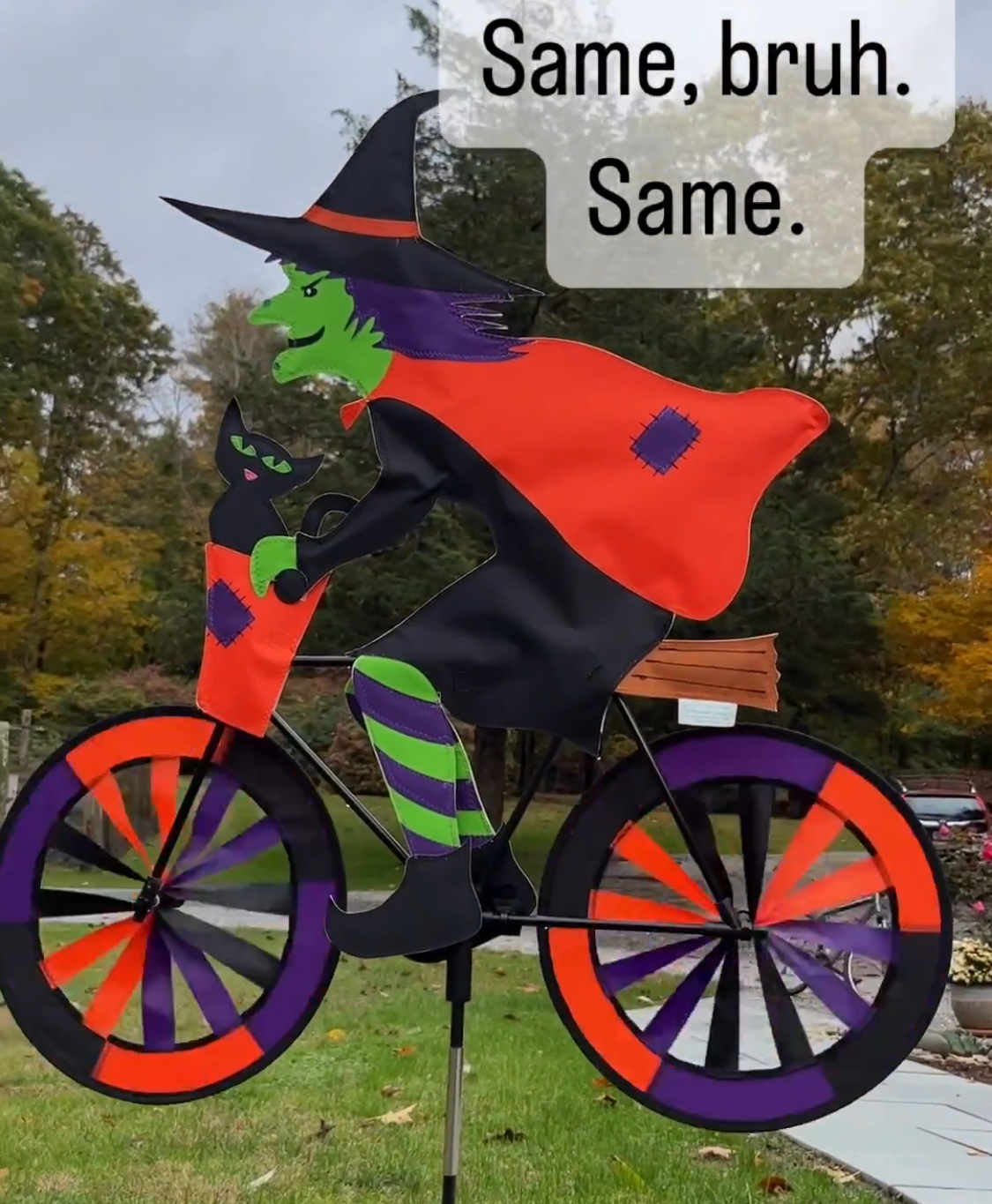
what is the cure for loneliness, a true health crisis
Many governments are addressing chronic loneliness as a health crisis. The UK has taken steps to address what it sees as an epidemic by appointing a “Ministry of Loneliness.” The United States Surgeon General, Vivek Murthy, is chairing a WHO initiative on loneliness that has already determined affects such as early deaths and health effects equal to smoking 15 cigarettes a day. Further, U.S. Senator Murphy of Connecticut is on a campaign to curb loneliness as a follow-up to his decade-long efforts to fight gun violence. (He sees the two as inextricably linked.)
Loneliness crops up more and more in the public forum as well. In an episode of Ezra Klein’s NYTimes podcast entitled “The ‘Quiet Catastrophe’ Brewing in Our Social Lives,” Ezra interviews Sheila Liming, the author of “Hanging Out: The Radical Power of Killing Time.” In it, Sheila and Ezra talk about the importance of community connection to combat loneliness. Further, the Center for Humane Technology has referenced our growing loneliness in many contexts, not the least of which is our political system and A.I.
These social entities and governmental organizations are studying the effects of loneliness and shining a light on its unhealthy aspects. But how about a very obvious remedy to loneliness? Something that stimulates brains, indulges curiosities, bonds people together, helps people see humanity in each other, and makes us feel?
By this, of course I mean art.
From the social connections of quilting bees or illustration classes or a high school musical audience or a summer art festival or cruising in a newly tricked out low-rider, research shows that art fosters a collective experience that bonds human beings. As art brings people shoulder-to-shoulder and eye-to-eye, we put down our phones and feel the humanity of neighbors, friends, and strangers.
A sense of belonging is the antithesis of loneliness and is the most human of traits. When we think about what it takes for children to succeed, to feel secure, to succeed academically and socially, to curb bullying, to fight violence, to end school shootings, so very, very often, it comes down to belonging. Humans need to belong to something. When we feel lonely, we gravitate toward whatever gives us a sense of belonging, be that politics, social clubs, or sports. And art cultivates these bonds without quite so much “us vs them” tribalism or binary bifurcations of people. Art creates an organic social bond from the most rudimentary of human elements: our creativity.
Of course we know that we feel differently when we’ve experienced something creative. Sometimes it’s not even a good feeling. But that variation in feeling helps us feel alive and less lonely.
When I was knocking doors, the peoples’ smiles and “thanks” let me know they felt good after our interaction. Almost everyone smiled and thanked me, even those with seemingly lonely homes. One woman said, “Politics infuriates me these days, but it makes me feel good to meet people like you fighting the good fight.” And another woman said “You interrupted me watching my [New England] Patriots losing – again,” (the Pats have NOT had a good season), “but I’m glad you did it. It brightened my day.” It wasn’t what I said, it was human connection that gave them good feelings.
But enough feelings. Let’s talk measurable data.
The way art bonds people and stimulates our brains can be measured scientifically. For starters, animals have something called mirror neurons that help us reflect and absorb the experiences or feelings of others. These neurons literally help us experience or see the world from different perspectives. And these mirror neurons are stimulated whether we’re making art (as artists) or experiencing art (as audiences). From both angles, the experience bonds us with other people, helping to curb loneliness.
Research shows that artistic experiences (making or experiencing art) improves quality of life by creating social bonds. For example, choral singing was shown to decrease cortisol levels (indicating lower stress levels) and to trigger the release of endorphins, oxytocin, dopamine and serotonin, which are all hormones associated with pleasure.
So art fosters an extrinsic sense of belonging and an intrinsic sense of pleasure…both elements that fight loneliness, bringing me back to the mission of 4A Arts – to recognize the basic human right to art and artistic expression. This right connects people, helps bridge differences, end wars, quells rivalries, deepens relationships, expands minds, and grows our feelings.
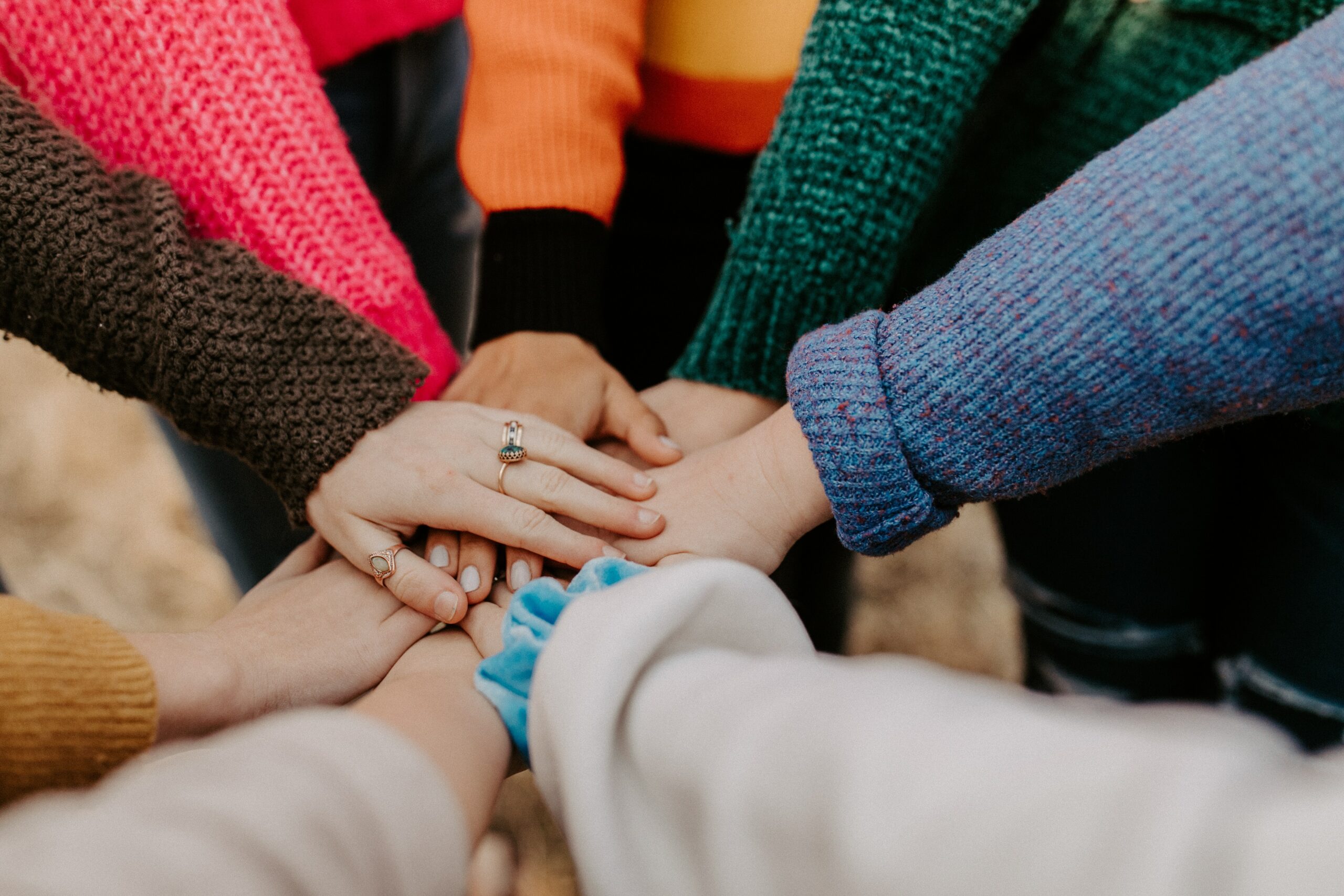
And all of these help curb loneliness.
Some might argue that the point of art isn’t to entertain, isn’t to educate, but is meant to connect, to bring us together through story-telling. That makes sense, doesn’t it? Story-telling is the basis of songs around a campfire or drawings on a cave wall from thousands of years ago. Stories stir our feelings and those feelings draw us closer together to our family, friends, neighbors, and community.
In short, art is the remedy for a worldwide epidemic of loneliness. Maybe it’s time we prioritize it as a societal balm to help our fractured country?

